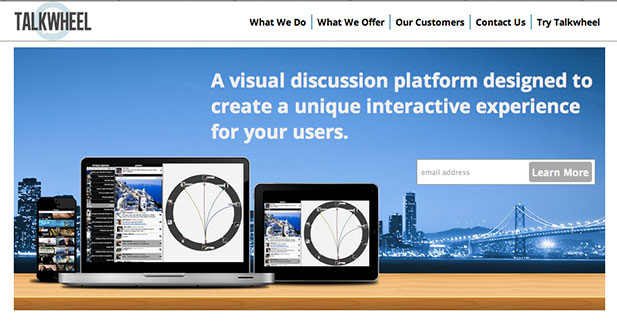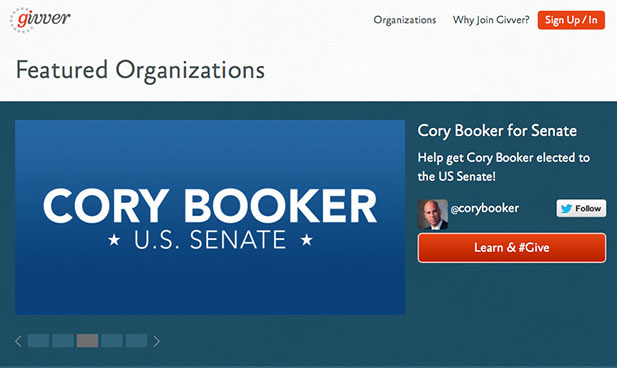People are not linear. Life is not linear (even without time travel). So, why should online discussion be linear? Facebook, Twitter, LinkedIn et al, – Think about it. They’re one dimensional, turn-based, silo-ed conversations. Does that type of communication innately flow for you? It is a rather boring, artificial construct that imprisons free and creative conversation. “Stilted” I believe is an accurate description. That is not the model humans use when engaged in passionate discussions, and that is why Jeff Harris, CEO of Talkwheel, started the San Francisco based startup. “We started Talkwheel because we wanted to create a more interactive place for users to engage than the boring, linear discussion model that plagues the Internet,” said Harris.
Historically and conversationally speaking, early Internet discussion boards were akin to underfunded, inner-city zoos while Facebook evolved to the open San Diego Zoo model, and now Talkwheel returns us to our natural, real-time, overlapping state of conversation. The Talkwheel model is deceptively simple and effective. It allows people to communicate online textually and schematically in real-time, on any topic.
Jeff, along with Joe Geraghty (Product) and Manolo Monino (Engineering) have taken $900K in initial angel funding and quickly built a site with almost 6,000,000 users and 300 brand customers, successfully reinventing online engagement and conversation. From a brand perspective companies can break through the simplistic “Like” and “Follower” models and actually engage customers and fans in an interactive manner within consumer facing communities. From a consumer perspective, there is real time conversation and information with brands, communities, non-profits, political groups, sports teams, rock stars, etc. that visually connects you with all the players. Think of it as a real-time textual party with schematic visuals.
“The coolest things,” said CEO Harris, “are that the circular visual resonates really well with users, and of course, the unifying aspect of Talkwheel. We embed the same Talkwheel discussion across all user touch points for brands. So no matter what social network or device users are engaging they can talk to other fans anywhere and everywhere.” Well, that should about kill that ubiquitous but useless “LIKE” button.
Is there a real need for Talkwheel? Aren’t people satisfied with the current, linear model? According to Harris, and millions of users and hundreds of brands, the answer is definitely not. “Brands and business have the Likes on Facebook and Followers on Twitter, but they are not seeing the continuous user engagement they are hoping for on social media. Talkwheel unifies the brands’ social communities in one interactive dialogue, connecting users across multiple platforms in one fan driven network,” said Harris. I can tell you it is a compelling experience to use Talkwheel, speaking both as a user and consultant that has worked with the largest brands in the world.
What is next for startup Talkwheel? Massive expansion to more users and brands and a few unannounced technical updates that both will find useful. I wonder if Facebook is watching?
http://youtu.be/TjfZusYzneU









